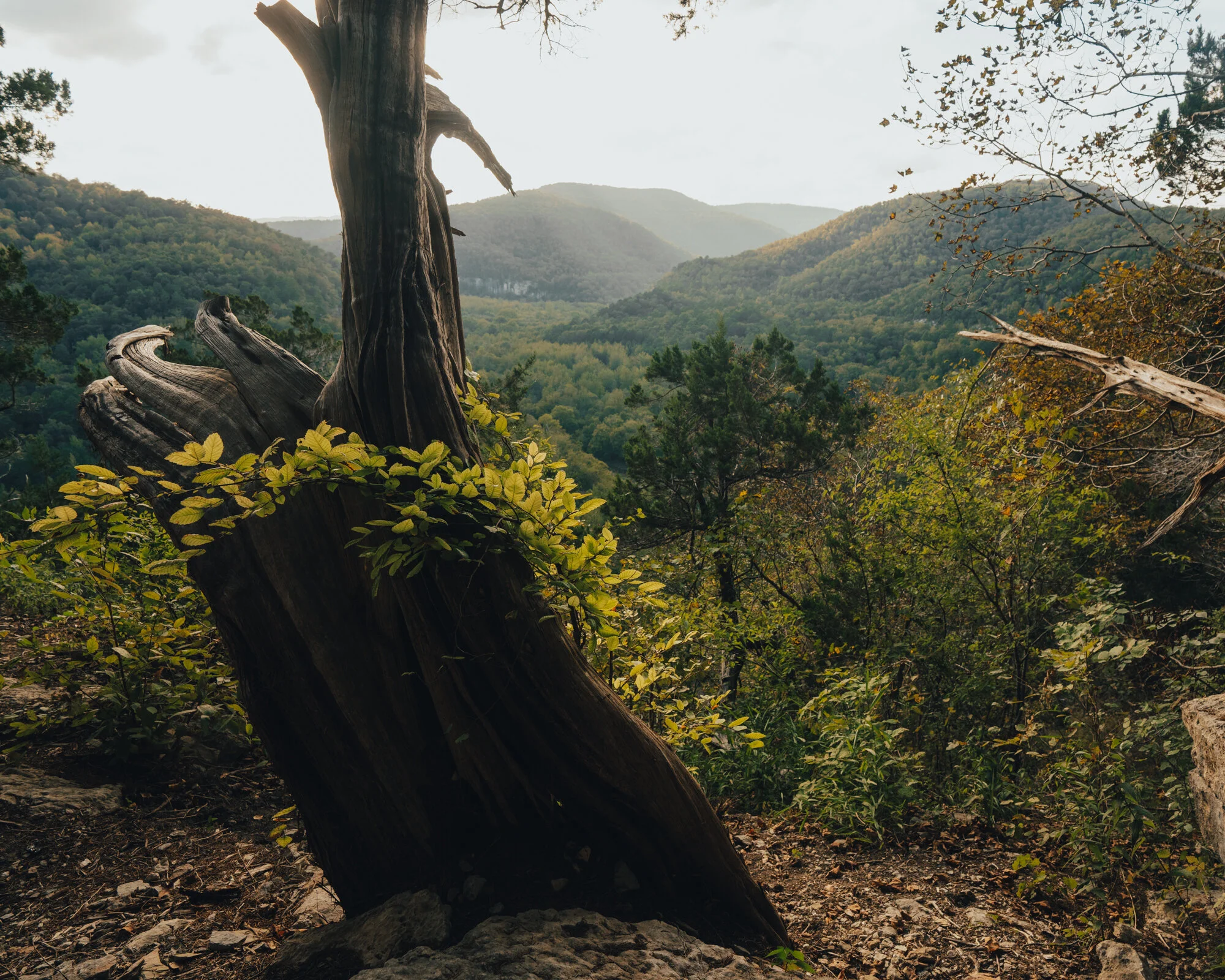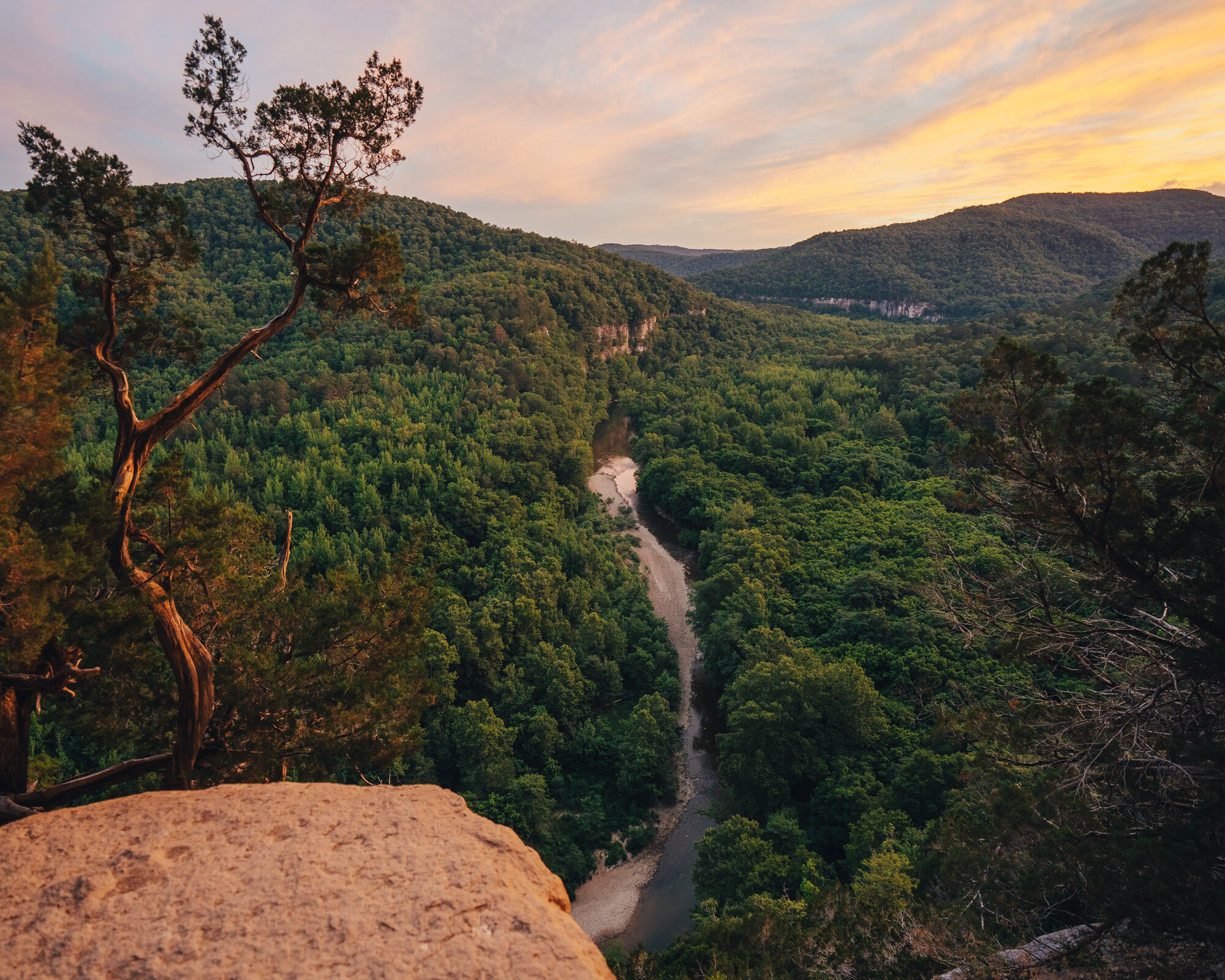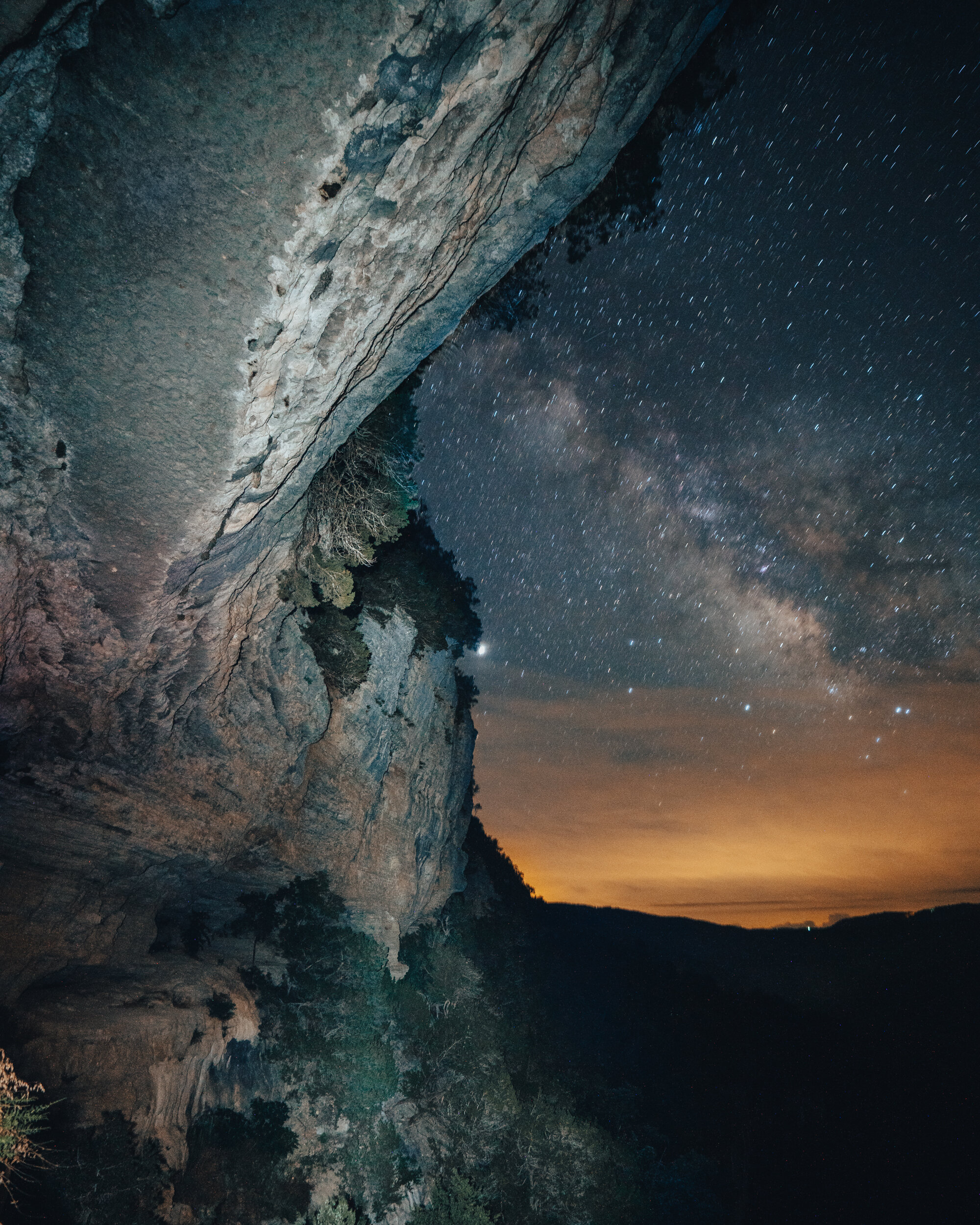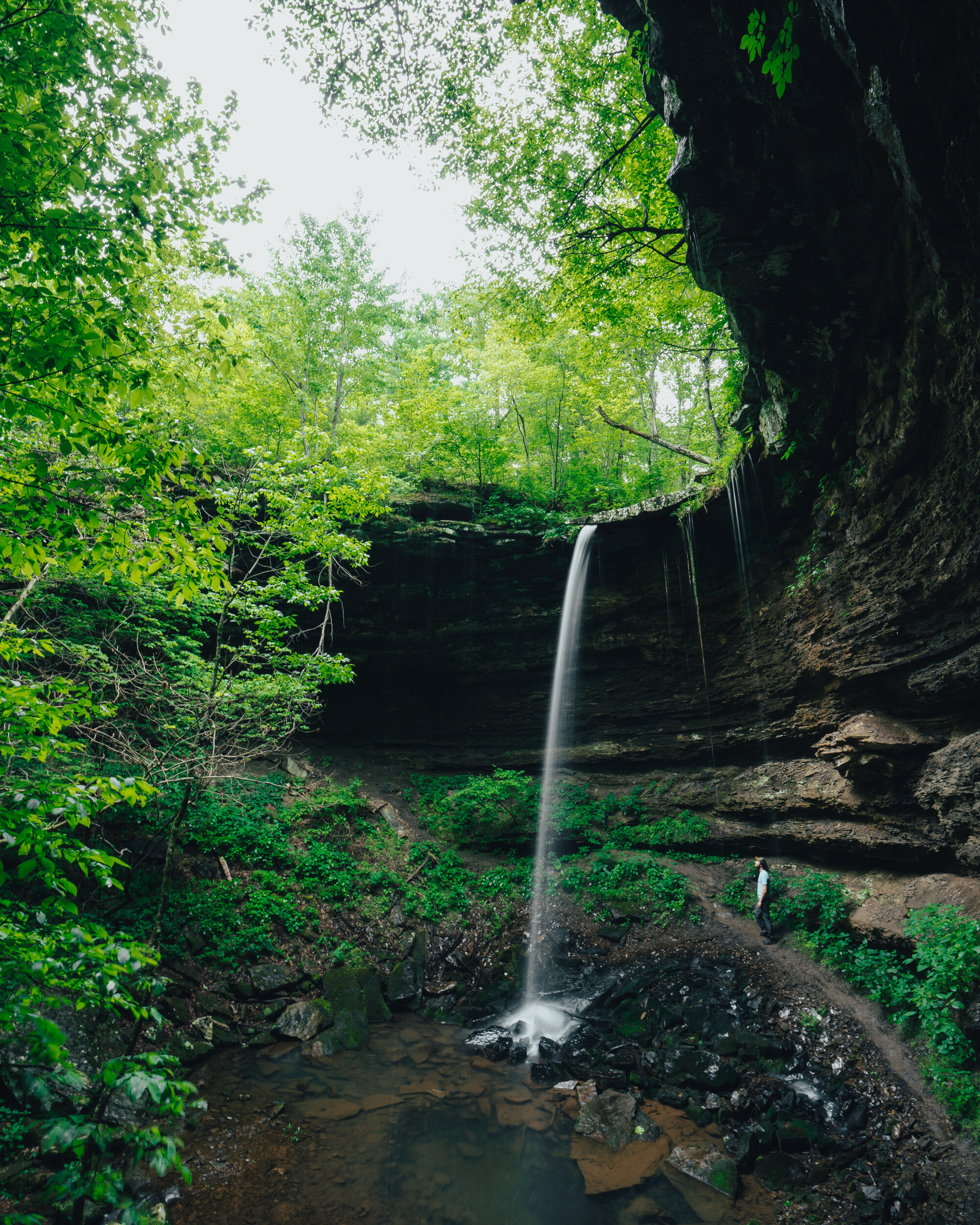The Arkansas Sphinx, a natural rock formation that bears a striking resemblance to the ancient Egyptian monument, is a must-see for any nature lover or hiker.
The Hike to the Sphinx
The hike to the Arkansas Sphinx is a relatively short but challenging one. There are two main routes to choose from:
Route 1: This is the shorter and steeper route, taking you directly up the hillside to the Sphinx. It's a great option for those who enjoy a quick and intense workout.
Route 2: This route is longer and more gradual, offering a more leisurely ascent with some beautiful views along the way.
Regardless of which route you choose, be prepared for a steep climb with some rocky terrain. Proper hiking shoes and attire are essential.
The Reward: A Stunning View
Once you reach the summit, you'll be rewarded with breathtaking panoramic views of the surrounding countryside. The Arkansas Sphinx itself is a sight to behold, towering over the landscape and providing a unique photo opportunity.
Tips for Your Hike
Check the weather: Arkansas weather can be unpredictable, so it's important to check the forecast before you set out.
Bring plenty of water: The hike can be strenuous, so staying hydrated is crucial.
Wear sunscreen: Protect your skin from the sun, especially on clear days.
Be mindful of wildlife: Keep an eye out for local wildlife, such as deer, bear, and snakes.
The Arkansas Sphinx is a hidden gem in the Ozark Mountains, offering a challenging yet rewarding hiking experience. If you're looking for a unique adventure, be sure to add it to your itinerary.
Have you hiked to the Arkansas Sphinx? Share your experiences in the comments below!















































































